Brown Jays are members of the Corvidae family. They are related to blue jays and other species of jays, as well as rooks, crows, ravens, jackdaws, and more. This species lives in parts of Mexico and Central America. These jays are dark brown on the upper half of their plumage, and light brown on the lower. Read on to learn about the Brown Jay.
Description of the Brown Jay
Brown Jays are dark colored birds that vary slightly in appearance, based on where they live. Before they reach adulthood, adolescent Browns have yellow bills.
Their heads, backs, tails, and wings are dark brown, while their bellies are light brown. Most Browns are about 15 in. long, and weigh around 7 oz. or so. Females are slightly smaller than males.
Interesting Facts About the Brown Jay
These intelligent birds have several different traits and adaptations that help them survive. Learn more about Brown Jays below.
- Jay-Care – Much like a family-run daycare center, the entire Brown Jay family pitches in with new offspring. As the new chicks grow, their siblings from older broods help the parents feed and care for the new babies. All the birds work as a group to feed and protect the youngsters.
- Furcular Pouch – These birds have one feature that no one else in the Corvidae family has, a bald patch on their throats. The birds use this bald patch, known as a “furcular pouch,” by filling it with air and deflating it. The pouch helps the bird’s calls resonate louder.
- Family Matters – Vocalizations are important because they help the jays announce the boundaries of their territories. Families of Browns are quite territorial, and the entire group defends their territory from other families of jays.
- Super-Sized – Being loud is quite important in the territorial display game, because Brown Jay territories are quite large. A single territory ranges between 24 and 50 acres. When you have a family of 10 to feed, you need to make sure you have plenty of space to forage for food!
Habitat of the Brown Jay
This species prefers living in lightly forested areas or disturbed forest with lots of shrubbery. They avoid extremely dense areas of forest, preferring open woodlands.
Some of the different habitats they live in includes mangroves, coastlines, forest edges, and willow forests. They also live and forage in agricultural areas, like plantations growing coffee, bananas, and more.
Distribution of the Brown Jay
Brown Jays live primarily along the gulf or eastern coast of Mexico and Central America. Their range extends from the Lower Rio Grande Valley in Texas, along the eastern coast of Mexico to Belize and Guatemala.
In Central America, they live in Belize, Guatemala, Honduras, Nicaragua, Costa Rica, and western Panama. Everywhere save for Costa Rica, these birds live along the Gulf Coast. In Costa Rica they span across most of the country.
Diet of the Brown Jay
These birds are omnivores, which means that they eat a variety of plants and animals. Browns eat more fruits and berries than many other members in the Corvidae family.
They also eat ants, spiders, beetles, insect larvae, and other invertebrates by turning pieces of rotting wood and bark. As large birds, they also hunt for small animals, like frogs, lizards, small snakes, eggs, and small birds.
Brown Jay and Human Interaction
Like some other corvids, Browns actually benefit from human activity in some ways. These birds do not like to live in dense forests. Because of this, when humans clear forest for agricultural purposes, they create the perfect Brown Jay habitat. This species has strong population numbers, and the IUCN lists them as Least Concern.
Domestication
Humans have not domesticated Brown Jays in any way.
Does the Brown Jay Make a Good Pet
No, Brown Jays do not make good pets. These intelligent birds need lots of mentally stimulating activity, so they can become bored as pets. They are also highly social, and must live in family groups to avoid loneliness.
Brown Jay Care
In a zoological setting, these birds need large enclosures with plenty of space to exercise. They prefer habitats with shrubs and open forest, so their enclosures should reflect this.
Zookeepers also provide Browns with puzzle feeders, toys, and positive reinforcement training to keep them mentally stimulated. They feed the birds a variety of fruits, nuts, berries, mice, fish, insects, and other small animals.
Behavior of the Brown Jay
Brown Jays start their days early, and begin vocalizing to one another as the sun rises. They live in flocks of around 10 birds. The flocks usually consist of a mated pair and their offspring from the past year or two.
As the young reach sexual maturity, they start to seek out partners and begin their own flocks. Pairs of Browns are usually monogamous, and mate for life.
Reproduction of the Brown Jay
Both members of the pair build the nest, usually out of sticks and twigs. Females usually lay two or three eggs per clutch, and females perform all incubation duties. While the female incubates, the male and her previous offspring bring her food.
It takes about two and a half or three weeks for the eggs to hatch. The chicks begin learning to fly when they are about three weeks old, and it takes around a month for them to become independent. Most chicks remain with their family group until they are a year or two old.

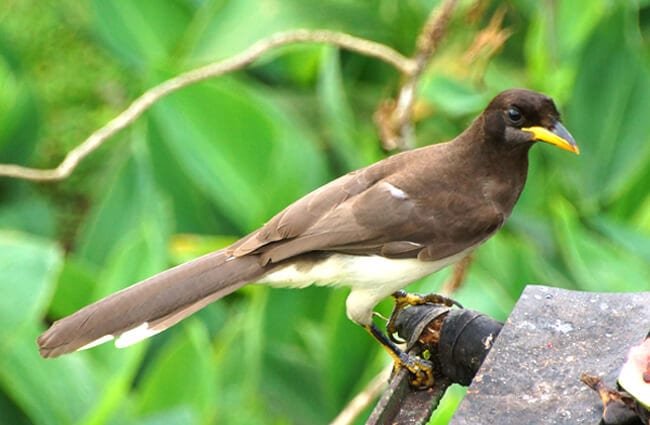


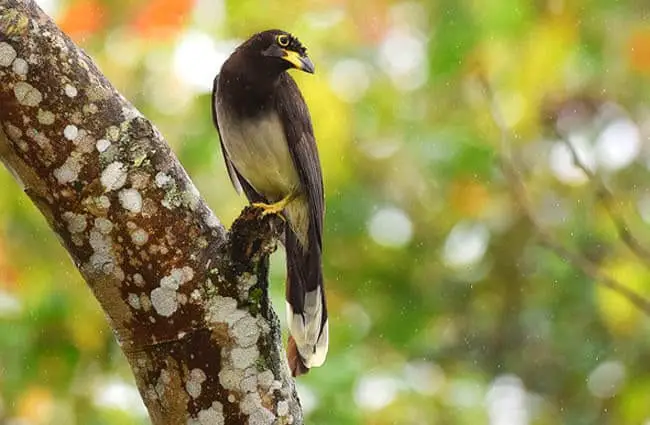
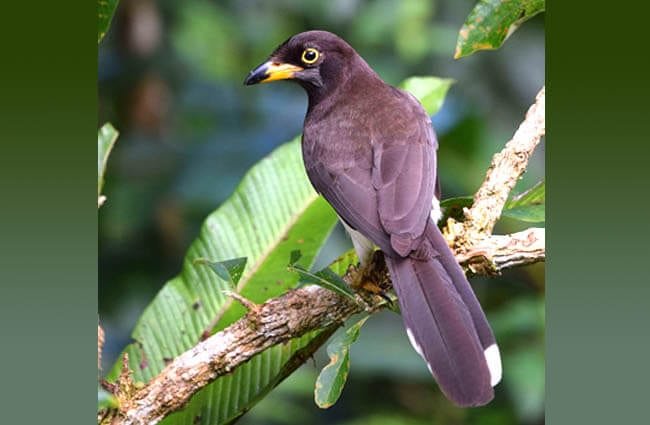
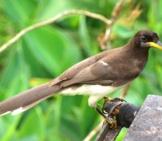
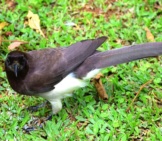

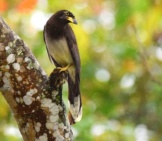
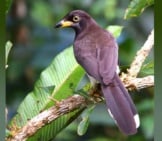
![Red Angus Closeup of a beautiful Red Angus cowPhoto by: U.S. Department of Agriculture [pubic domain]https://creativecommons.org/licenses/by/2.0/](https://animals.net/wp-content/uploads/2020/03/Red-Angus-4-238x178.jpg)












![Red Angus Closeup of a beautiful Red Angus cowPhoto by: U.S. Department of Agriculture [pubic domain]https://creativecommons.org/licenses/by/2.0/](https://animals.net/wp-content/uploads/2020/03/Red-Angus-4-100x75.jpg)

